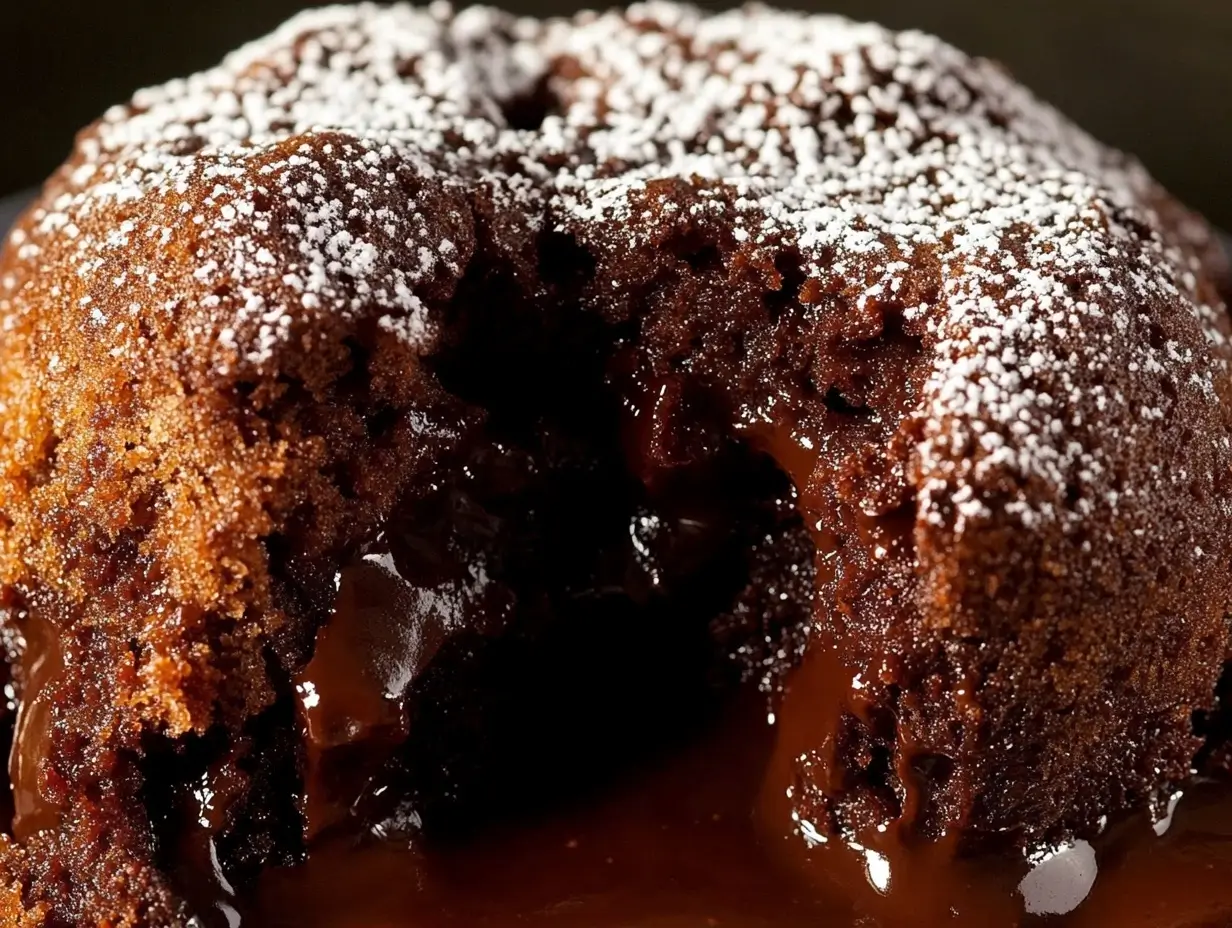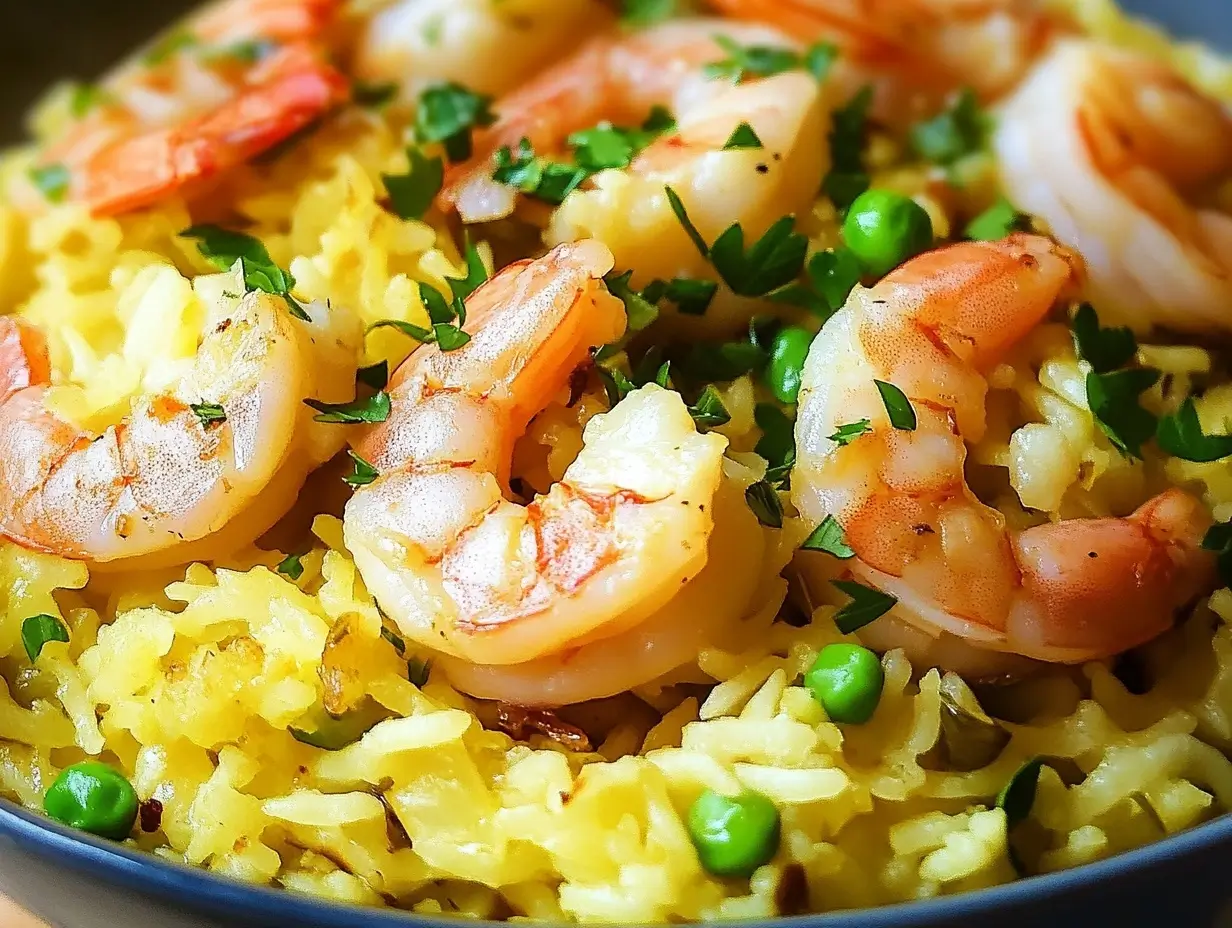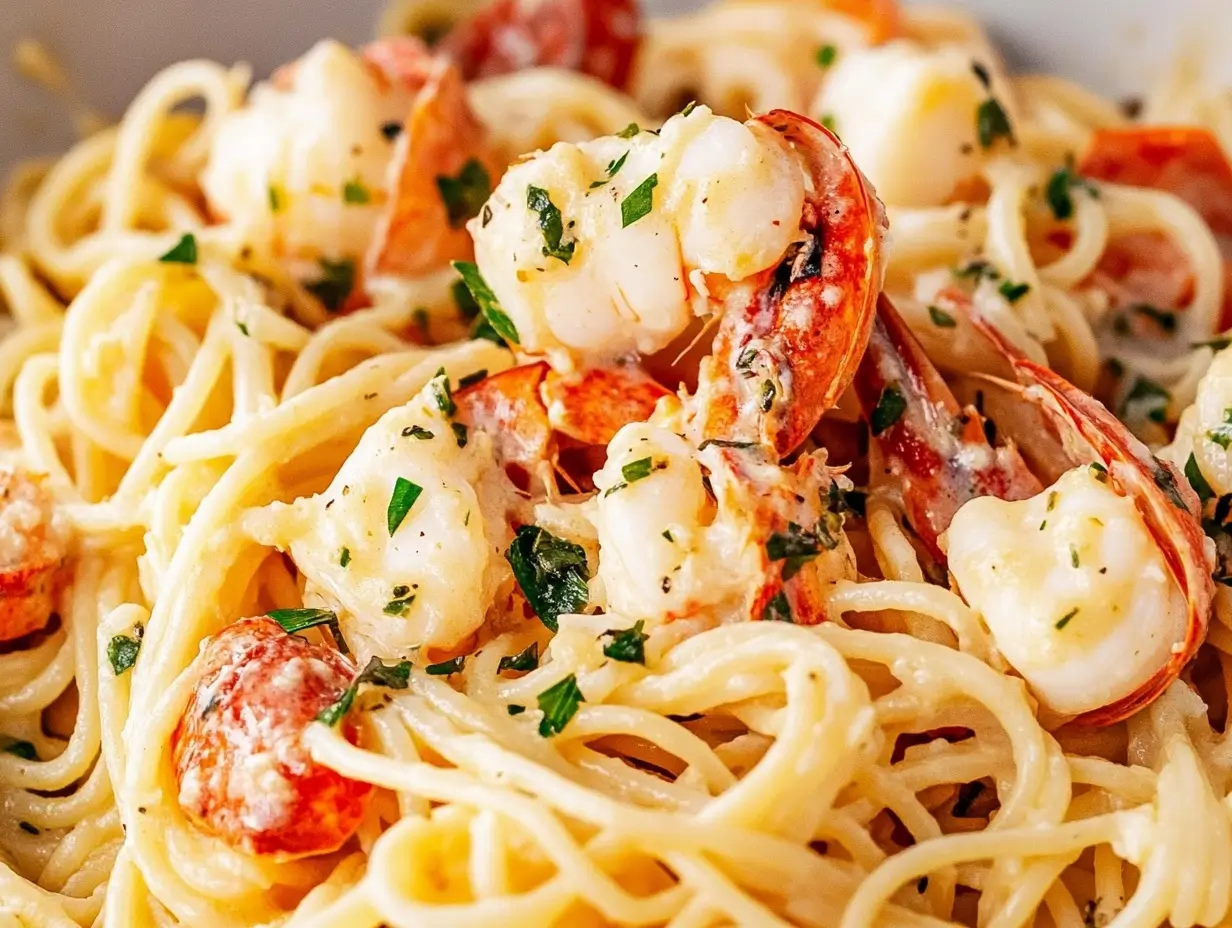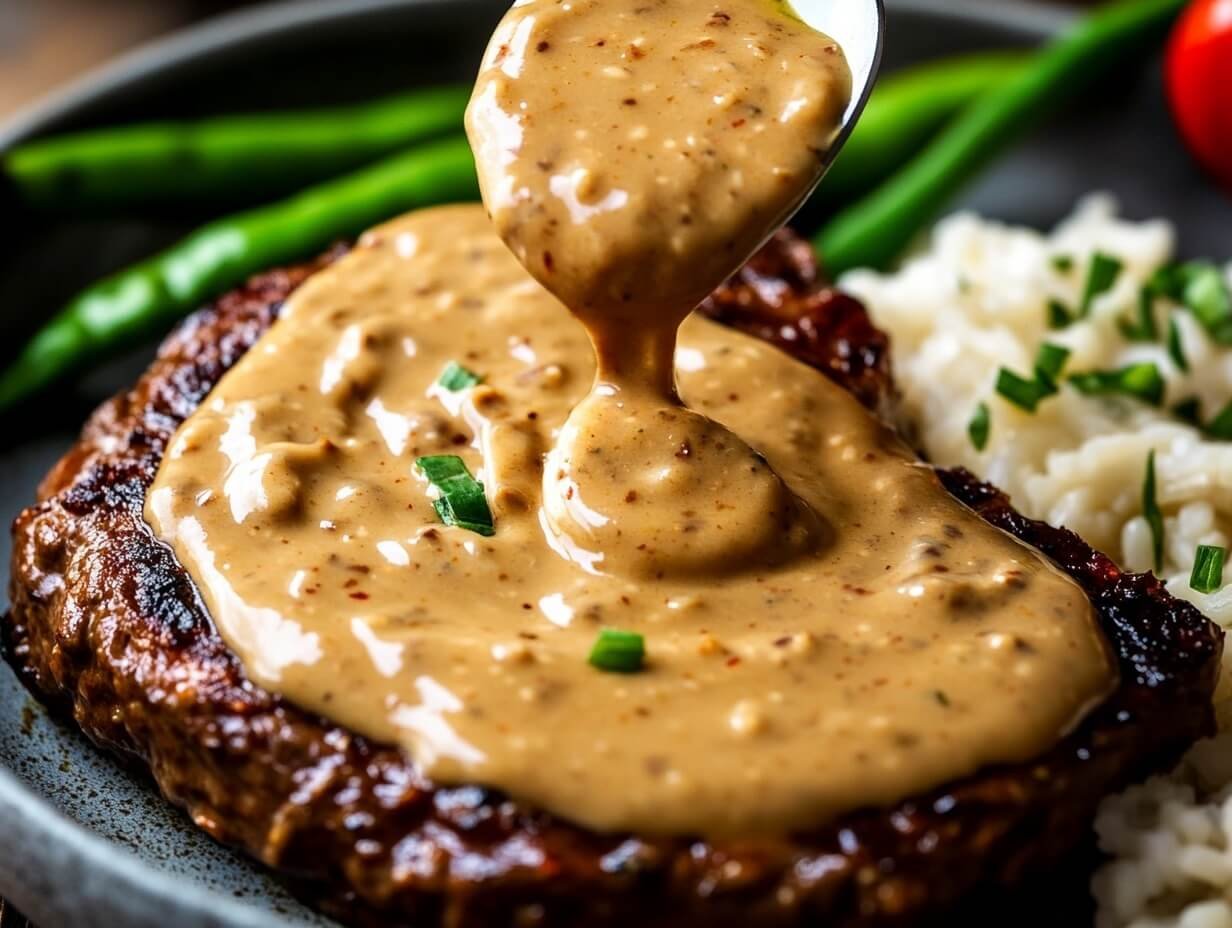If you’ve ever dreamed of flaky, golden puff pastry that melts in your mouth, this Gordon Ramsay puff pastry recipe is your new go-to. Perfect for savory pies or sweet tarts, it’s simpler than you think — and packed with bold flavor and buttery layers. I’ll walk you through Ramsay’s technique, my kitchen-tested tweaks, and tips to get that perfect rise and crisp. Ready to elevate your baking game with this classic? Let’s dive in.
How I Learned to Nail Puff Pastry (Without Losing My Mind)
The Day My Puff Pastry Flopped — And What Ramsay Taught Me
I’ll never forget my first attempt: soggy, tough, and nowhere near those picture-perfect layers. Puff pastry seemed impossible at home until I tried a key Gordon Ramsay trick — using cold butter, not just cold dough. That changed everything. The contrast in temperature creates steam, puffing up those buttery sheets beautifully.
The One Ramsay Technique That Simplified Puff Pastry for My Kitchen
Ramsay’s method focuses on a quick, clean butter block folded gently into the dough without melting it. No fancy machines, no endless rolling — just smart folding and rest times. His approach helps even home cooks like me get those signature layers with minimal fuss. This recipe nails that technique and adds practical tips for your kitchen’s quirks.
The Must-Have Ingredients (and My Smart Swaps)
What You Really Need for Authentic Puff Pastry
- Plain flour (all-purpose) — 300g (about 2 ½ cups), plus extra for dusting
- Unsalted butter — 250g (cold and cubed)
- Cold water — 150ml (ice-cold, to keep everything chilled)
- Salt — 1 tsp
How to Keep It Simple and Budget-Friendly
Don’t stress if you don’t have European-style butter. Use the best cold unsalted butter you can find, but try to avoid ultra-soft spreads. For flour, plain/all-purpose works perfectly, no need for specialty pastry flour. If you want a richer pastry, swap 25g of flour for cornflour — it adds tenderness without losing flakiness.
Prep Tips That Save Time (And Sanity)
- Chill everything before starting — the butter, water, and even your bowl.
- Use a bench scraper to handle sticky dough and keep your hands cool.
- Wrap your dough well during resting — moisture is your enemy here.
My Ramsay-Style Puff Pastry Walkthrough
Step-by-Step, With Flavor and Flake Focused Tips
- Mix flour and salt: Toss flour and salt in a large bowl.
- Add butter: Drop in cold butter cubes and use your fingertips to rub butter into flour — keep it chunky! You want some pea-sized butter bits for puffing.
- Add cold water: Slowly pour in water, mix lightly until dough just holds — don’t overwork.
- Shape and chill: Flatten dough into a rectangle, wrap in cling film, chill 30 minutes.
- Prepare butter block: Pound the rest of the butter between parchment paper into a thin square roughly half the size of the dough. Chill.
- Roll and fold: Roll dough into a rectangle, place butter block in center, fold dough over butter like an envelope. Roll out gently into a long rectangle.
- First fold: Fold the dough into thirds (like a letter). Rotate 90°, roll out again, fold into thirds.
- Rest and repeat: Chill 20 minutes. Repeat rolling and folding 2 more times.
- Final chill: Rest 30 minutes before using.
The 3 Most Common Puff Pastry Mistakes (And How I Fix Them)
- Butter melting too soon: Always chill between folds, keep a cool kitchen or chill your rolling surface.
- Overworking the dough: Be gentle; too much kneading breaks layers.
- Skipping rest times: Rest lets gluten relax and keeps layers defined. Don’t rush!
| Step | Tip |
|---|---|
| 3. Add cold water | Add water gradually to avoid over-hydrating dough. |
| 6. Roll and fold | Keep dough and butter cold to maintain layers. |
| 9. Final chill | Resting the dough is crucial for flaky layers. |
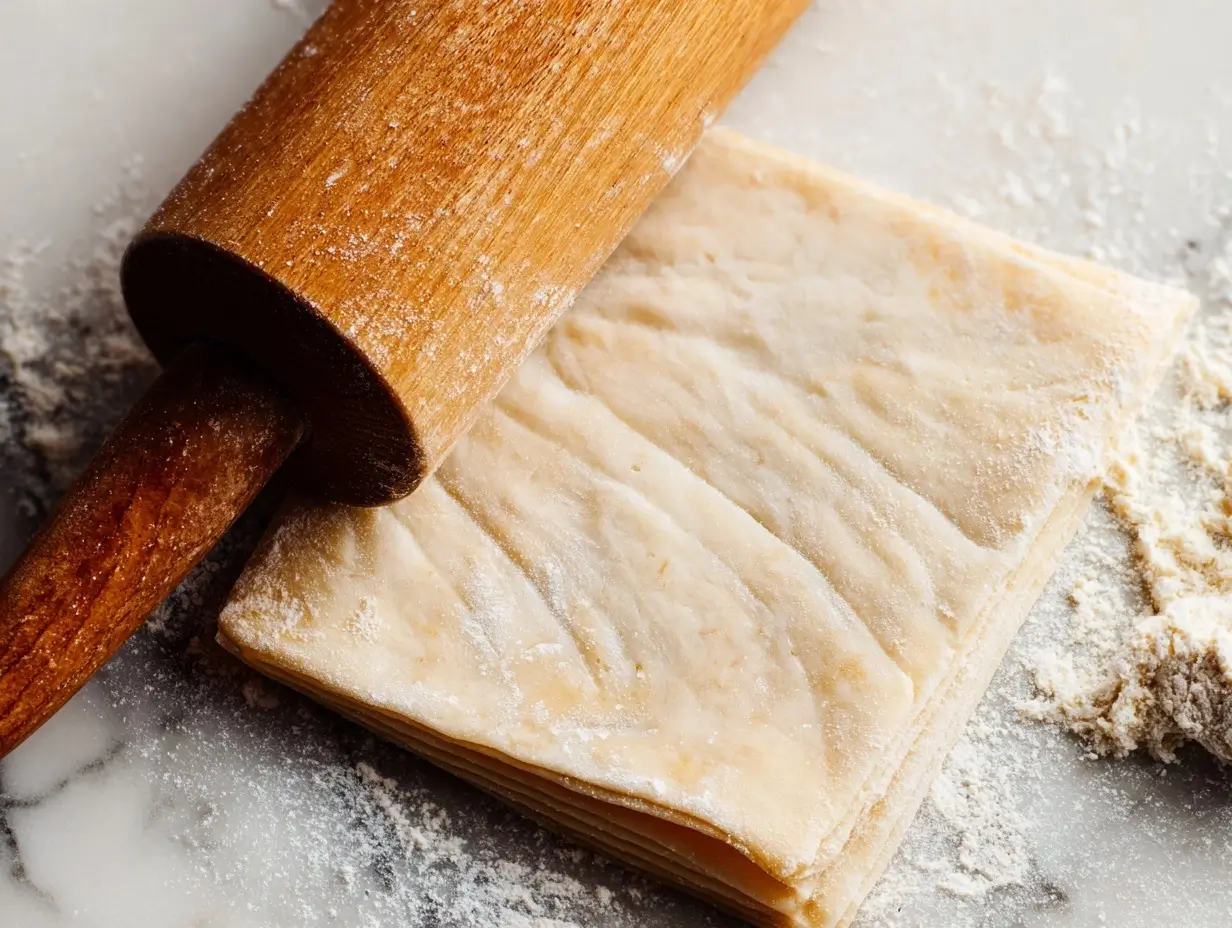
Gordon Ramsay Puff Pastry
Ingredients
Method
- Mix flour and salt in a large bowl.
- Add cold butter cubes and rub into the flour until pea-sized lumps remain.
- Add cold water gradually, mix lightly until dough just holds.
- Shape dough into a rectangle, wrap, and chill 30 minutes.
- Prepare butter block by pounding cold butter into a thin square, chill.
- Roll dough, encase butter, fold and roll 3 times with resting.
Notes
Serve Your Puff Pastry Like a Pro (And Love the Leftovers)
Presenting Your Creation with Confidence
Whether it’s a savory beef Wellington or a sweet fruit tart, serve your puff pastry hot and crisp. Add a brush of melted butter or an egg wash before baking for extra shine. Garnish with fresh herbs or a dusting of powdered sugar, depending on the dish.
Leftovers That Stay Delicious (Yes, Really!)
Reheat puff pastry in a hot oven (180°C/350°F) for 5-7 minutes to revive crispness. Leftover pies or tarts make excellent next-day lunches — slice and stuff into sandwiches, or serve as a flaky topping for soups.
Boost Flavor With These Ideas
- Spread a thin layer of my garlic confit guide under your filling for an aromatic twist.
- Use the crispy salmon trick to add a crunchy side that complements rich pastries.
- Pair with a simple aioli that levels up any savory tart.
FAQ About Gordon Ramsay Puff Pastry Recipe
Q: Can I freeze this puff pastry dough?
Yes! Wrap tightly and freeze for up to one month. Thaw overnight in the fridge before rolling.
Q: How long does puff pastry take to bake?
Typically 20-30 minutes at 200°C (400°F) until golden and puffed.
Q: What’s the best butter to use?
Cold unsalted butter works best. European butter adds richness if available.
Q: Can I make this recipe without a rolling pin?
A rolling pin helps but you can use a clean bottle in a pinch.
Final Thoughts From Dylan
Perfecting this Gordon Ramsay puff pastry recipe took me from frustrated beginner to confident baker. The secret? Patience, cold ingredients, and folding with care. Don’t stress the details — tweak it your way, play with fillings, and most of all, enjoy the process. Cook bold like Ramsay.
For more hands-on tricks, check out my garlic confit guide and crispy salmon trick — they’re game changers for pastry dishes!

